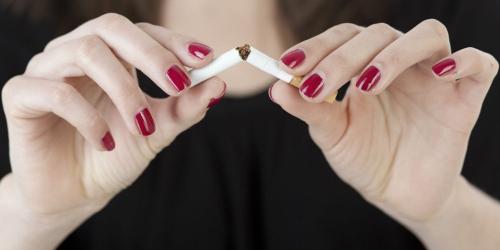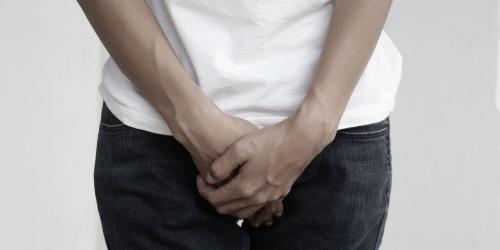In this study "The French and the alcohol 2016" which has just been published, the idea is not to demonstrate a relation between the physical activity and the alcohol consumption, but rather that the addiction is often multiple.
In fact, people who report regular physical activity are more likely to have a high frequency of consumption (at least weekly) but less often alcohol problems.
On the other hand, people with the criteria for sports addiction are almost three times more likely to show signs of problematic alcohol use (11% versus 4%).
For Professor Philip Gorwood, Chair of the Foundation's Scientific Committee,
Addictions are extraordinarily comorbid, that is, easily associated.
Therefore, if the association sport and alcohol is rather compatible, since the practice of the sport becomes an addiction -which is called bigorexia- it can be accompanied by this other addiction, which is the consumption of alcohol.
What is bigorexia?
Now recognized by the WHO (World Health Organization), the bigorexie is the addiction to the sport which suffer many professional athletes but also the amateurs.
The fault with the secretion of endorphins, a natural molecule that triggers (what the Americans call "the runner high") a form of drunkenness very addictive. The practice of "running" is indeed in first position of sports disciplines subject to addiction with the famous "drunkenness of the runner".
Like other forms of addiction (alcohol, tobacco, painkillers), bigorexia is now taken into account and treated.
The other results of the 2016 Observatory show that although the practical knowledge essential to controlling its consumption is still poorly known by the French (equivalence in alcohol content between different alcoholic beverages, problematic consumption benchmarks), the latter adopt however, caution: Designated Driver Activity (SAM) is routinely used by 6 out of 10 car users, and more than 7 in 10 would recommend zero alcohol consumption to a pregnant woman.
2016 study "The French and alcohol" by L'Observatoire


